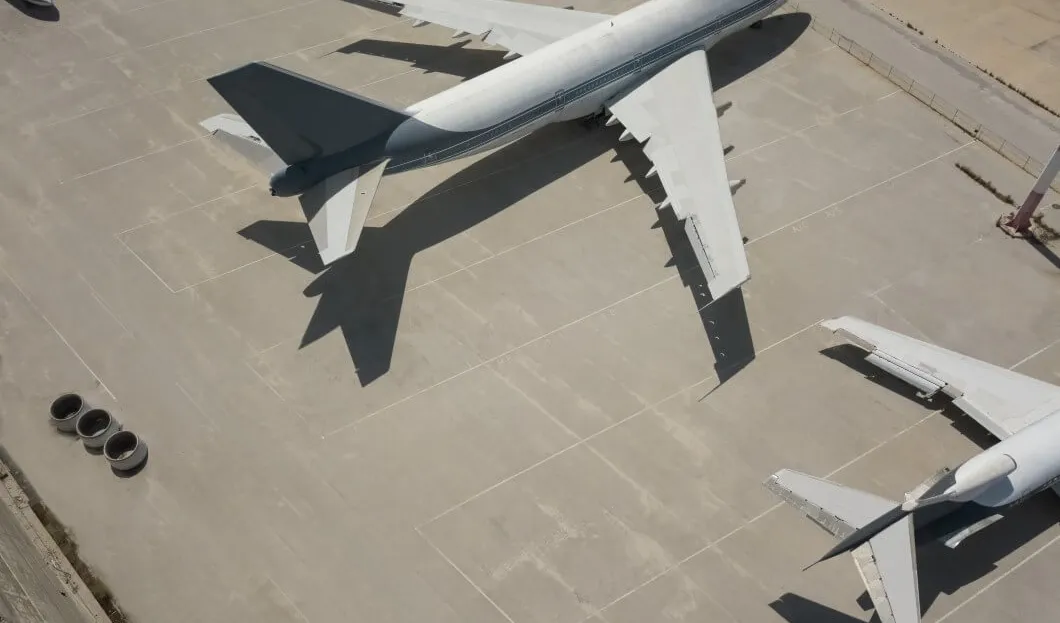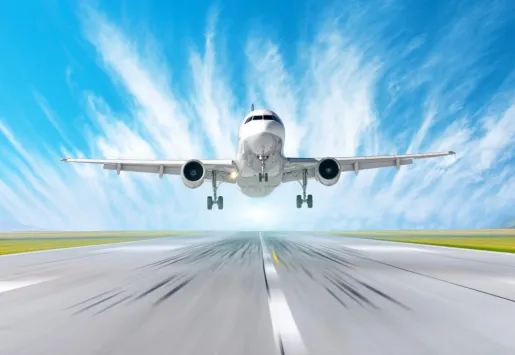
The International Air Transport Association (IATA), the industry's trade association, announced a much tougher scenario for 2021 just weeks after its latest forecast. It is based on the assumption that governments will maintain tough entry restrictions for longer because of coronavirus mutations.
In the worst-case scenario, air travel would recover very slowly during the year, possibly reaching only 38% of pre-Corona pandemic levels for the year as a whole. "That would make an already tough year even tougher," said IATA chief Alexandre de Juniac. The demand for air travel plummeted in 2020 by 65.9% compared to 2019, marking the largest decline in passenger traffic in aviation history. The largest decrease was recorded in international passenger demand, which was 75.6% lower in 2020 than in the previous year.
The association had expected the airline business to make it back to half of 2019 levels in 2021. But now that several virus mutations have emerged in different parts of the world, resulting in stricter travel restrictions again, those numbers might not be reached again at all.
Governments may not reopen the borders until the so-called herd immunity to the Covid-19 virus is achieved, according to the IATA report. This is not expected for a large part of the world until 2022 at the earliest, and even later in India and Russia, IATA economist Pearce said, citing medical studies.
Partly because of better vaccine supplies, it is expected that air travel services between developed industrialized countries will resume first, probably over the North Atlantic. In general, however, long-haul flights will recover more slowly than continental flights. "We haven't given up on the summer vacation yet," says Eamonn Brennan, head of the European controller organization Eurocontrol. But he says he can't see any glimmers of hope in European skies at the moment, either.
Further vaccination delays and new waves of viruses could exacerbate the situation in a negative scenario, which has also just been worked out, to the point where only 30% of the usual flights would still be on the road in June.













